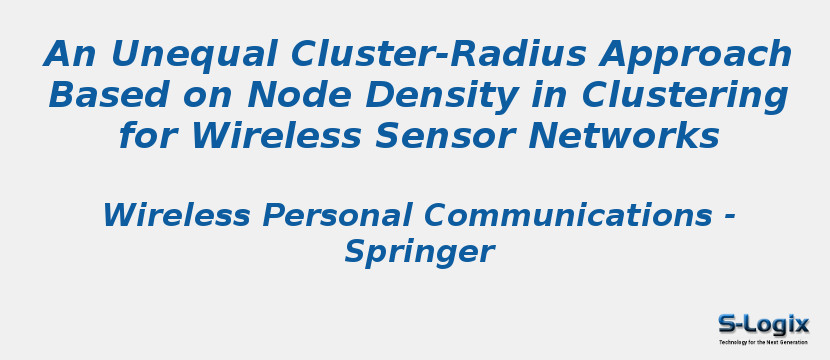Research Area: Wireless Sensor Networks
Lifetime is a major challenge in wireless sensor networks which depends on the energy consumption of the nodes. Energy limitation in nodes leads to many researches to find out new solutions for this problem. Clustering is an efficient solution for this issue. In clustering, all nodes that are distributed in an application zone should be partitioned into some virtual sections that are called clusters. Each cluster must have one node for managing intra-cluster tasks that is called cluster-head (CH). CHs are used for transmitting collected data to the base-station (BS). The multi-hop is one way of transferring CHs data to the BS which increases the data traffic on CHs near the BS. The unequal clustering is one of the solutions for solving bottleneck CH problems. The difference between equal and unequal clustering is in the type of cluster-radius, which could be fixed or variable. In this paper, a distributed unequal cluster-radius approach is proposed based on node density for clustering in WSNs that has two main phases: CH-selection and Member-join. CH-selection phase is based on global and local search, and member-join phase is done according to an evaluation function. Experimental results show that the proposed method leads to an increase in the lifetime of WSNs in comparison with state-of-the-art methods.
Keywords:
Author(s) Name: Javad Hamidzadeh and Mohammad Hadi Ghomanjani
Journal name: Wireless Personal Communications
Conferrence name:
Publisher name: Springer
DOI: 10.1007/s11277-018-5779-1
Volume Information: volume 101, pages 1619–1637 (2018)
